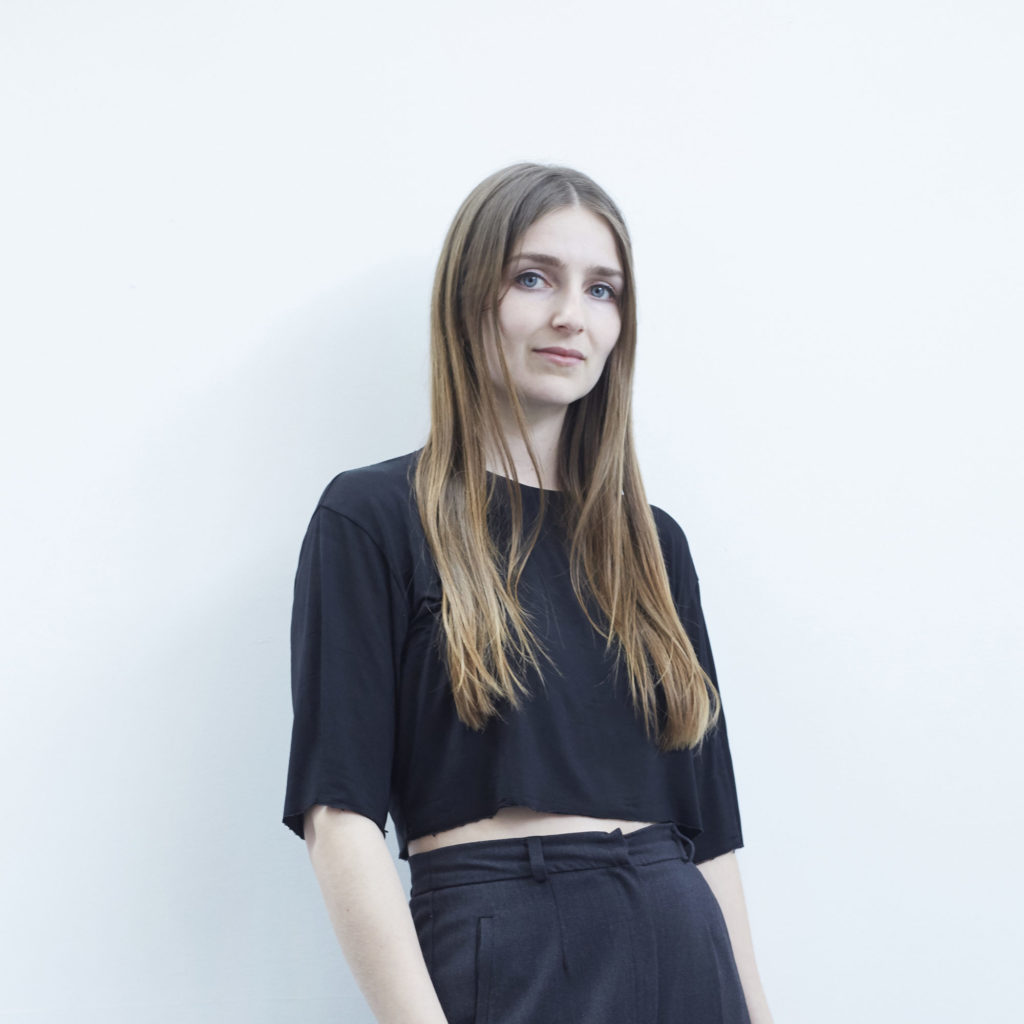
The Goods: A Talk by Artist Maeve Brennan
Wednesday, March 3rd, 4:30pm EST
Maeve Brennan is an artist and filmmaker based in London. Her practice explores the political and historical resonance of material and place. Working primarily with moving image as well as installation, sculpture and printed matter, she develops long-term investigations led by personal encounters. Adopting a documentary approach, Brennan gains intimacy and proximity with her subjects, producing complex and layered accounts that disrupt dominant representations. With a particular focus on forms of expertise that encompass an associated physical practice – geologists, archaeologists, architects, mechanics, embroiderers – her works excavate the multiple narratives latent in material itself.
This event is held in coordination with Notes for Tomorrow and supported by The John B. Hurford ’60 Center for the Arts and Humanities, the Haverford College Department of Classics, and Haverford College Libraries. (Photo: Amy Gwatkin)
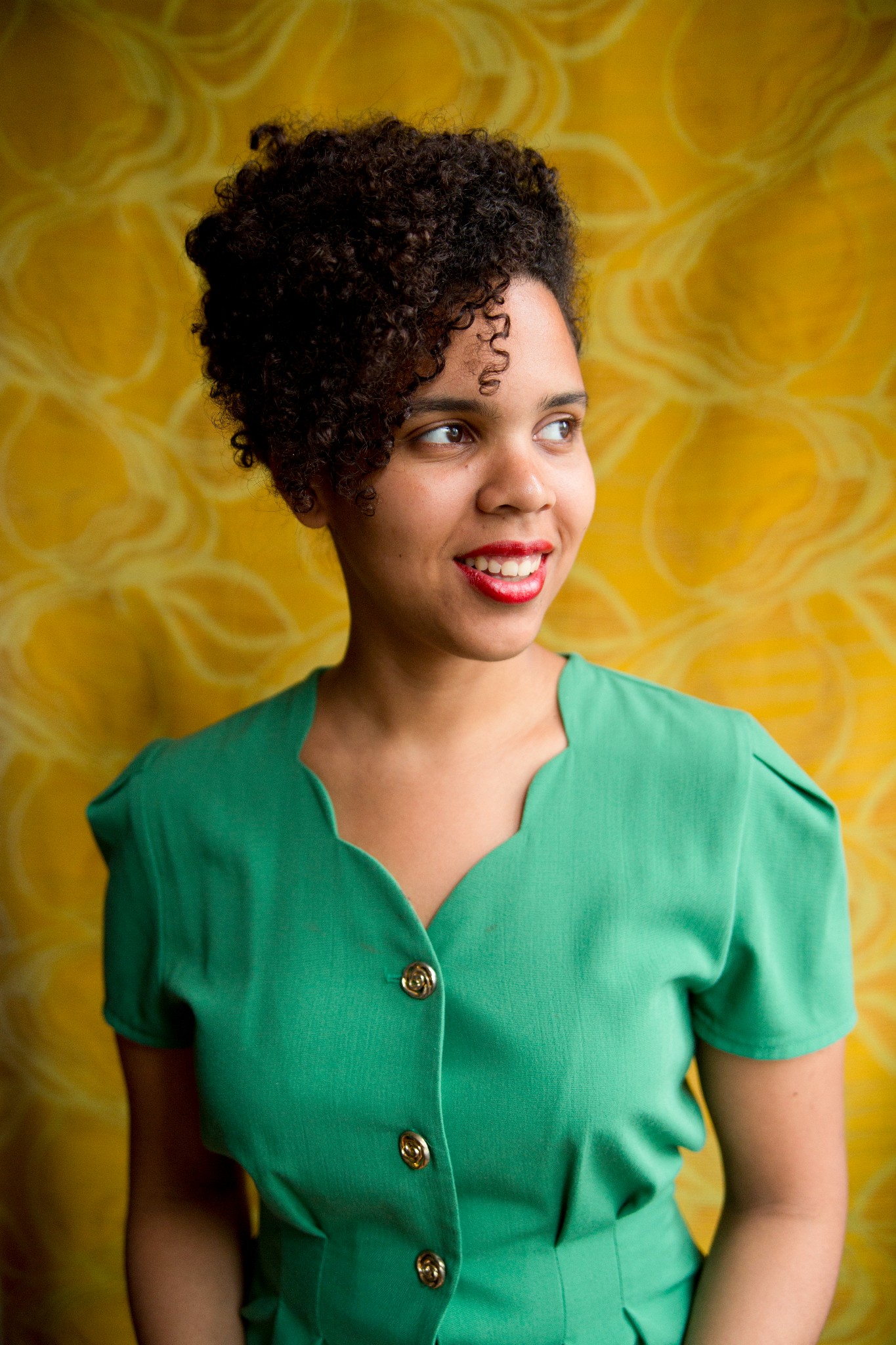
Artist Joiri Minaya in Conversation with Patricia Eunji Kim, Monument Lab
Tuesday, March 9th, 4:30pm EST
Free event on Zoom. Advance Registration required.
Joiri Minaya is a Dominican-United Statesian NY based multi-disciplinary artist. She attended the Escuela Nacional de Artes Visuales (DR), the Chavón School of Design, and Parsons the New School for Design. Minaya has exhibited across the Caribbean, the U.S. and internationally. She has recently received a Jerome Hill Felllowship, a NY Artadia award and the BRIC’s Colene Brown Art Prize, as well as grants from foundations like Nancy Graves, Rema Hort Mann, and the Joan Mitchell Foundation. She been awarded in two Dominican biennials (XXV Concurso León Jimenes; XXVII National Biennial) and has participated in residencies at Skowhegan, Smack Mellon, Bronx Museum, Red Bull House of Art, LES Printshop, Socrates Sculpture Park, Art Omi, ISCP and Vermont Studio Center. (Photo: Lies Engelen)
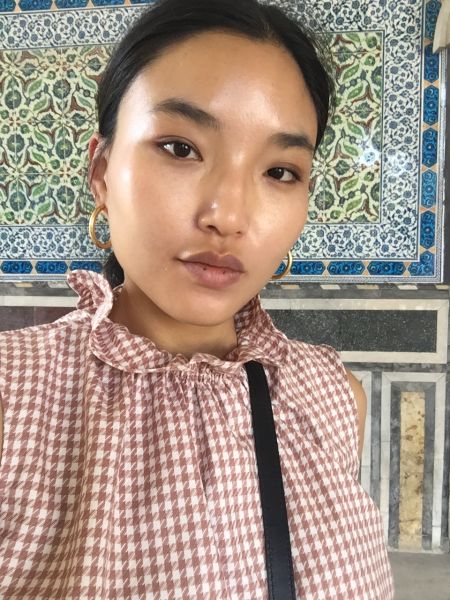
Patricia Eunji Kim, PhD is an art historian, curator, and educator based in New York City. She is Assistant Professor and Faculty Fellow at the Gallatin School of Individualized Study at New York University and Associate Director of Public Programs at Monument Lab and Editor of the Monument Lab Bulletin. Kim’s research, teaching, and curatorial projects use art historical and archaeological methods to explore questions of gender, power, and memory from antiquity to the present. She is currently writing Bodies of Power: The Art and Archaeology of Royal Women from the Hellenistic World (4th-1st c BCE), the first book-length study on the visual and material culture of ancient queenship engaging with discourses in critical race, feminism, and cultural heritage studies. Kim is also co-editor of Timescales: Thinking Across Ecological Temporalities (University of Minnesota Press, 2021), a book that features artists, humanists, and scientists to model new modes of interdisciplinary collaboration in the environmental humanities.
This event is held in coordination with Notes for Tomorrow and supported by The John B. Hurford ’60 Center for the Arts and Humanities and Monument Lab.
Notes for Tomorrow Screening Series
April 5-8, 2021
VCAM Screening Room
Films from the Cantor Fitzgerald Gallery exhibition Notes for Tomorrow will be on view in the VCAM Screening Room during the first week of April. Campus Community Visitors Only. No off-campus visitors. To comply with campus safety guidelines, masks must be worn at all times and visitors should observe social distancing. Space is limited, and seating is available on a first come, first served basis. Please arrive early to ensure a seat.
Monday April 5 &
Tuesday April 6
4:30 p.m.
Shezad Dawood
Leviathan
2017-ongoing (1hr 40min)
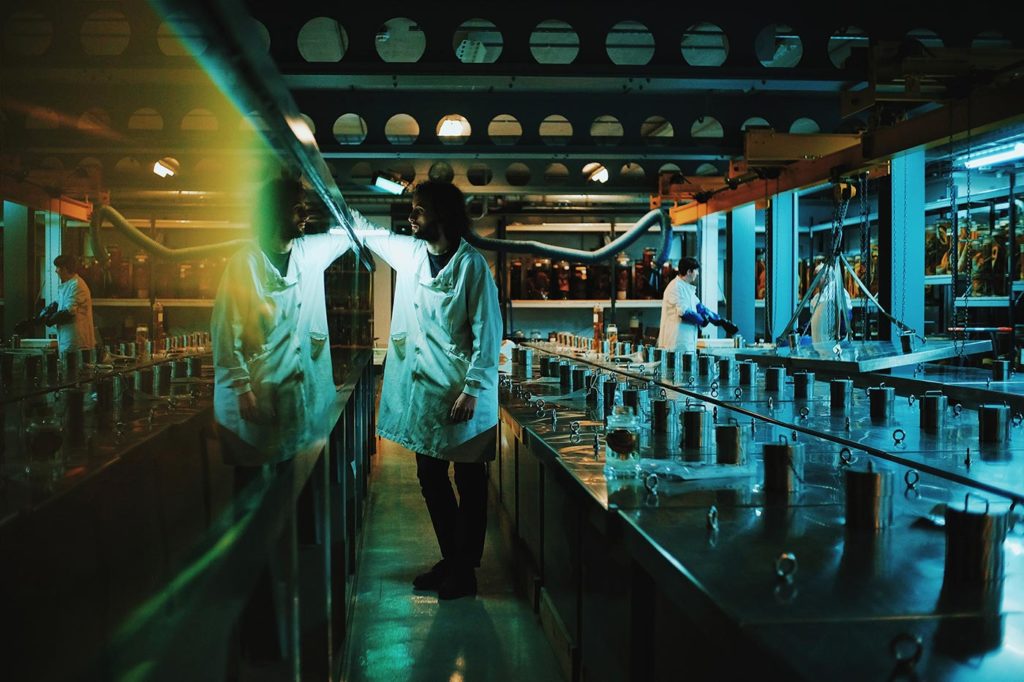
Leviathan is a proposal to envision a future that is very much like our present, where the boundaries of the social, political, and scientific are genuinely challenged. Historically, Leviathan is the primordial sea serpent depicted in Jewish mythology, brought to collective consciousness by Thomas Hobbes’ treatise on human nature. In Dawood’s expansion of the mythology with socio-philosophical critique, Leviathan takes the form of meditations on time, space, human nature, ecology, and the source and unfolding of life through an episodic reveal of connecting threads and contradicting realities.
Leviathan can also be associated with its roots in the Hebrew word lavah, meaning to couple, to connect and join, as the project interweaves seemingly disjointed practices and bodies of knowledge, drawing outstanding parallels between species, communities, and cultures. Based on extensive and thorough research, Leviathan is the outcome of ongoing dialogues with a wide range of marine biologists, oceanographers, political scientists, neurologists, and trauma specialists. This approach is typical for Dawood’s practice, which often involves collaboration, working with groups and individuals across different territories to physically and conceptually map far-reaching lines of inquiry.
Shezad Dawood works across film, painting and sculpture to juxtapose discrete systems of image, language, site and narrative, using the editing process as a method to explore meanings and forms between film and painting. His practice often involves collaboration, working with groups and individuals across different territories to physically and conceptually map far-reaching lines of enquiry. These networks chart different geographic locations and communities and are particularly concerned with acts of translation and re-staging.
Campus Community Visitors Only. No off-campus visitors. Visitors should be masked and observe social distancing.
Wednesday, April 7 &
Thursday, April 8
4:30 p.m.
Cao Guimarães
O fim do sem fim (The end of the endless)
2001 (1hr 30min)
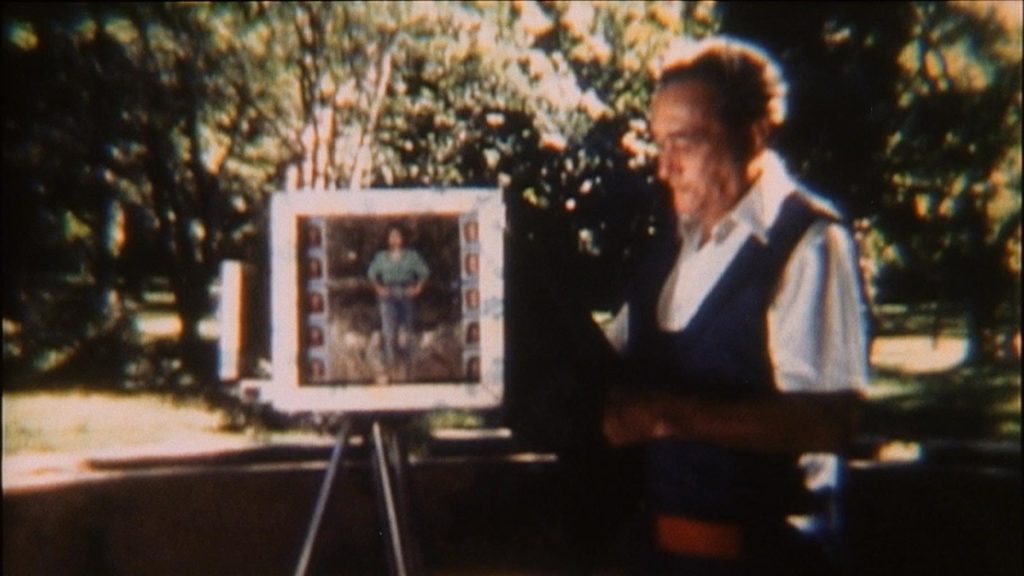
In this documentary, the directors set out on a journey through remote towns and villages in Brazil in search of crafts and professions that are near extinction. Filmed in the late 1990s and released in 2001, the work shows the imminent turn of the century, and the new millennium appears in the ominous imaginary of many outspoken characters whose “street philosophies” reflect upon a rapidly changing era. Twenty years later, the COVID-19 pandemic, a looming ecological catastrophe, and overall political and economic instability and uncertainty present a global crisis unlike any experienced before in modern times. This film helps us rethink what technological progress has brought to our lives, and how radically it has changed the social, creative and behavioral fabric of our societies.
Yet, far from a nostalgic take on romantically framed, disappearing ways of life, this film, shot in ten different Brazilian states, portrays the unique creativity, joy, and inventive power found among people with little formal education and often living in dire conditions at the margins of urban centers. Three of the most eccentric characters, self-named “masters,” remind us of medieval masterminds and innovators, or philosophers and sages that could have been roaming the streets of Athens 2,000 years ago. O fim do sem fim is as inspiring and humorous as it is political and serious. But it is also an experimental journey exploring new ways of telling stories about real life. The film is known across Brazil for its uniquely intuitive and aesthetic approach to documentary filmmaking, interweaving spontaneous narrative with carefully shot landscapes and paying careful attention to human gesture and photographic detail.
Cao Guimarães works on the crossing between the cinema and the visual arts. With intense production since the late 80s, the artist has been collected by prestigious names such as Tate Modern (United Kingdom), MoMA and the Guggenheim Museum (USA), Fondation Cartier (France),Colección Jumex (Mexico), Inhotim (Brazil), Museo Thyssen-Bornemisza (Spain) and others.
Campus Community Visitors Only. No off-campus visitors. Visitors should be masked and observe social distancing.